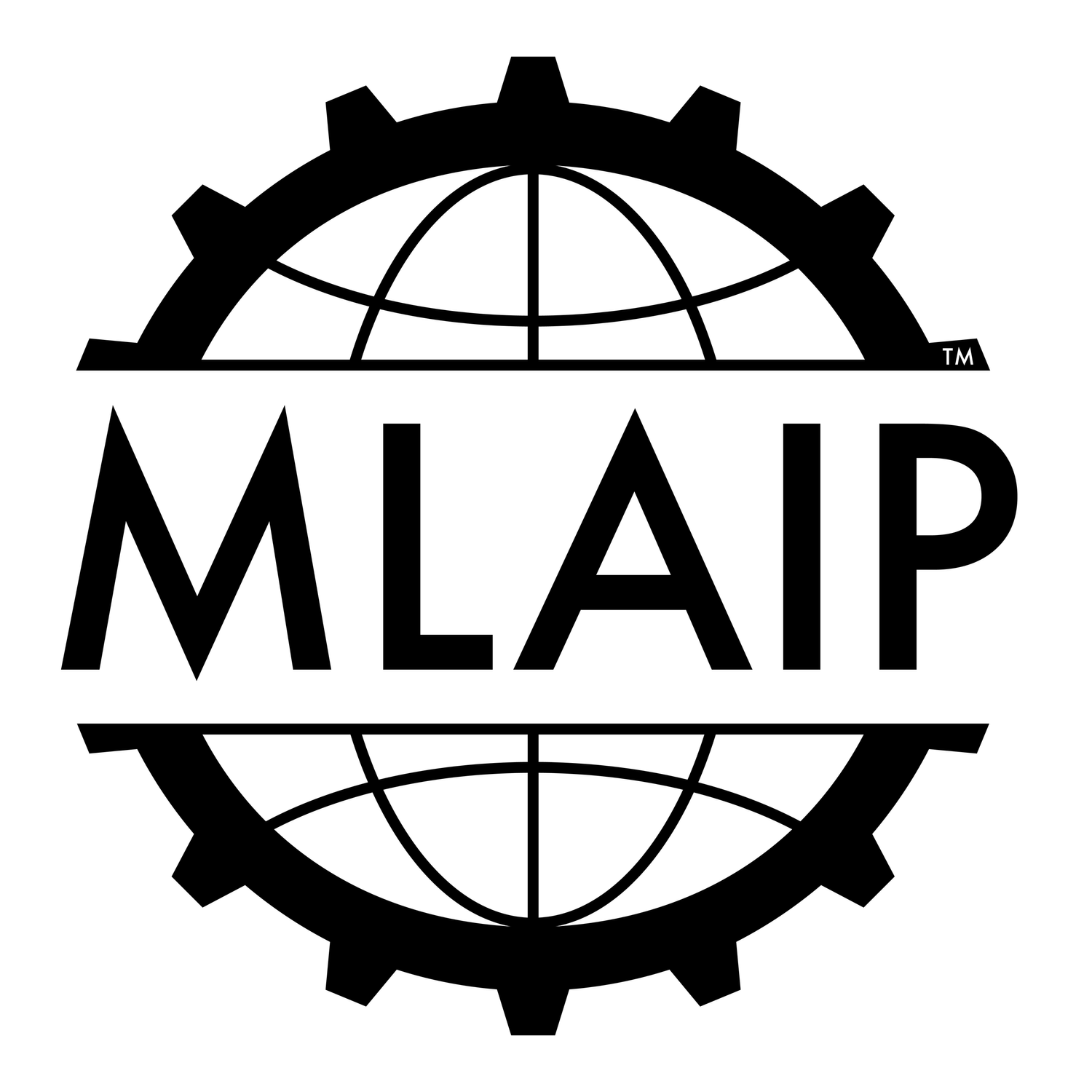How to Identify, Understand, and Navigate a Prior Art Landscape
What is a Patent Landscape Search?
A “Patent Landscape Search” is a patentability search conducted in view of a patent claim to identify any readily accessible (e.g., keyword searchable) prior art likely to affect the patentability of the patent claim. These searches often provide a broader, high-level view of patentability, preferably early on in the development process when the opportunity to pivot remains.
Much like trademark knockout searches, a well executed patent landscape search may help to minimize intellectual property costs by making it less likely to spend time and money:
pursuing invalid and/or overbroad patent claims;
arguing with a USPTO patent examiner (or “examining attorney”) who rejected your application by asserting that your pending claims are not patentable; and/or
filing after final actions, appeals, and/or other administrative papers that perhaps could have been avoided with a better understanding of the prior art.
Patent landscape searches are thus valuable, time-tested risk management tools for assessing patentability, claim scope, and patent value before going to market.
How to Conduct a Patent Landscape Search
Under the US patent laws, any patent filed or publication published before the filing date of your patent application may count against you as prior art.
An issued US patent is generally valid for around twenty years from its earliest filing date, after which the subject matter is no longer protected by the US patent laws. Because of their longevity, the USPTO databases contain papers associated with patents and patent applications that go back hundreds of years, including hundreds of millions of documents. There are free and paid tools you can use to search these databases on your own. There also are many foreign and/or non-attorney companies offering those services at commodity costs.
A US patent attorney is best positioned to conduct patent landscape searches because they can directly identify relevant prior art, draft patent claims for overcoming the same, and help make strategic decisions regarding claim scope, international protections, and/or the risks of infringing other patents.
While there are less expensive options, you should want a US patent attorney to conduct your landscape search so that they can see what has and has not been disclosed, making the determination of patentability more accurate and bankable than otherwise possible.
Patent Landscape Searches are Smart Business Decisions
Patent landscape searches often lead to the most cost effective path for obtaining valid US patent with claims broad enough to care about.
Larger, more established entities often prefer to conduct more comprehensive searches requiring many hours of research and thousands of dollars.
For smaller entities, even a limited, fixed-fee search may save time and money by identifying known prior art that will lead to defensible patent claims. As a best practice, we typically seek to negotiate a fixed-free price that clarifies budgets and expectations and welcome the opportunity to start those negotiations.
Start Early for Best Results
Patent landscape searches lower the risk of spending time and money developing products that are either not patentable, patented by someone else, and/or otherwise not worth pursuing.
Patents are high risk investments that must be strategic. For example, imagine that you skip on early patent searches but still: hire an ace engineer; commission drawings and specifications; spend money on marketing; and eventually have a professionally prepared patent application drafted and filed - seemingly everything needed to stake your territory. You then spend even more money building your website and social media presence during the years it takes for the USPTO to begin looking at your application, all while feeling confident about your efforts.
Then the USPTO responds with an office action rejecting all your claims as being anticipated and/or obviated by certain prior art references, making it harder and costlier to obtain your desired patent rights, despite all of your previous efforts. Or even worse, you start developing your products and/or services without filing any patent applications, setting yourself up for a patent infringement lawsuit that quietly shifts a percentage of your future profits to someone else.
These risks can often be avoided with a proper patent landscape search; preferably one conducted by a US patent attorney, during the product development process, long before committing to the development of infringing products.
Conclusion
Conducting a patent landscape search before or during development may help to maximize a defensible claim scope and guide the design process away from existing patent rights. For best results, you should hire an experienced intellectual property lawyer to conduct the search, report the results, and guide you through the process.
***
Thank You for Reading!
Matthew Leaper & Associates can help you resolve these and related issues in a professional, efficient manner. Mr. Leaper and his team know how to effectively communicate with the USPTO, have extensive knowledge of its requirements and timeframes, and are well versed in all phases of the patent process, making us well suited to help realize your ambitions.

